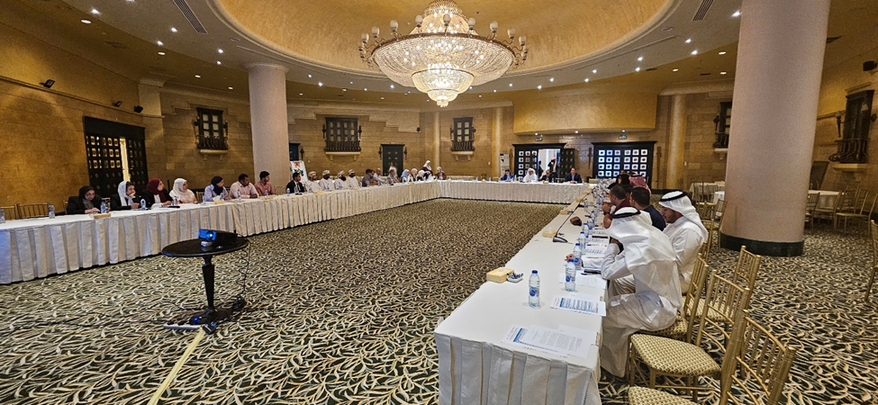Renewable energy is a key component in governments’ sustainable energy policies and climate ambitions with clear and measurable targets. Renewable energy generation capacity represents the majority share of new additions globally towards further diversifying the energy mix and improving energy access while creating green jobs and stimulating economic growth.
The workshop started with welcoming remarks by Mr. Nasser Ali Al-Mohannadi, Secretary General, Arab Union of Electricity and Ms. Radia Sedaoui, Chief, Energy Section (ES), Climate Change and Natural Resources Sustainability Cluster (CCNRSC), ESCWA.
The recommended optimal solutions to maximize the optimal integration of wind and solar energy and decrease costs are as follows:
- Increasing the spatial diversity of renewable energy by spreading wind and solar generation over a wider area.
- Using state-of-the-art tools to increase the accuracy of renewable energy generation forecasting in operations.
- Utilizing larger balancing areas through regional coordination to improve the efficiency of renewable energy generation dispatch.
- Tapping into ancillary service mechanisms to procure balancing services such as regulation and replacement reserves.
- Shortening the scheduling and dispatch intervals of incorporating renewable generation forecasts.
- Employing grid-friendly features in wind and solar generation to allow providing ancillary services to the grid.
- Requiring flexibility attributes (faster starts, deeper turndowns, faster ramps) in new and existing thermal generators.
- Investing in energy storage such as large-scale batteries and pumped hydro and designing and deploying advanced demand response programs to provide balancing services.






